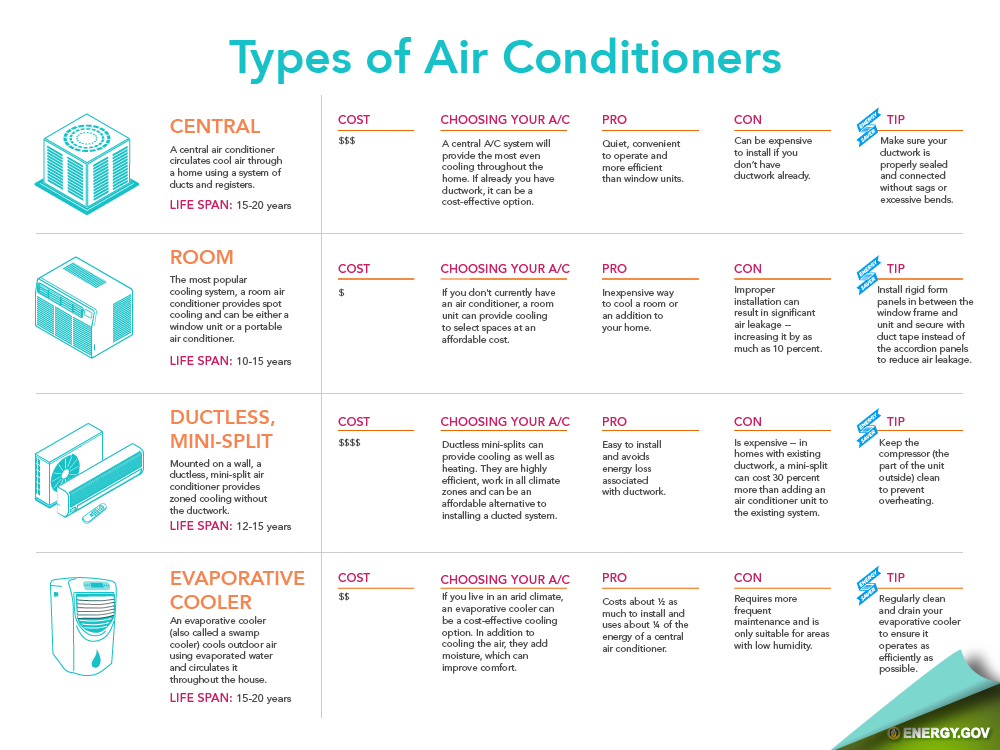The Future Of Home Heating - Exactly How Heatpump Technology Is Progressing
The Future Of Home Heating - Exactly How Heatpump Technology Is Progressing
Blog Article
Material Author-Fraser Kaae
Heatpump will be an essential innovation for decarbonising home heating. In a circumstance regular with federal governments' revealed power and environment commitments, their worldwide capability doubles by 2030, while their share in home heating rises to one-quarter.
They function best in well-insulated homes and rely upon electrical power, which can be provided from an eco-friendly power grid. Technological developments are making them a lot more reliable, smarter and less expensive.
Fuel Cells
Heatpump utilize a compressor, cooling agent, coils and fans to move the air and warm in homes and appliances. They can be powered by solar energy or electrical energy from the grid. They have been gaining popularity as a result of their affordable, peaceful operation and the ability to generate electricity throughout peak power need.
Some business, like IdaTech and BG MicroGen, are servicing fuel cells for home heating. These microgenerators can replace a gas boiler and create a few of a residence's electric demands with a connection to the electricity grid for the rest.
Yet there are factors to be cynical of using hydrogen for home heating, Rosenow states. It would certainly be expensive and ineffective contrasted to various other modern technologies, and it would include in carbon discharges.
Smart and Connected Technologies
Smart home modern technology allows property owners to attach and regulate their devices from another location with using mobile phone applications. As an example, clever thermostats can learn your home heating preferences and immediately adapt to maximize energy usage. Smart lights systems can be controlled with voice commands and automatically switch off lights when you leave the area, decreasing power waste. And smart plugs can check and manage your electric use, allowing you to determine and limit energy-hungry home appliances.
The tech-savvy home depicted in Carina's meeting is an excellent picture of how residents reconfigure room home heating methods in the light of brand-new smart home modern technologies. They rely upon the tools' automated features to carry out daily modifications and concern them as a convenient methods of performing their home heating techniques. Therefore, they see no factor to adapt their practices better in order to make it possible for versatility in their home energy demand, and treatments aiming at doing so may encounter resistance from these houses.
look at this web-site
Considering that heating homes accounts for 13% people discharges, a button to cleaner options can make a huge distinction. Yet the modern technology encounters difficulties: It's pricey and calls for comprehensive home restorations. And it's not constantly suitable with renewable energy sources, such as solar and wind.
https://www.fool.com/the-ascent/small-business/field-service-management/articles/hvac-software/ , electrical heat pumps were too costly to take on gas models in most markets. Yet brand-new advancements in style and materials are making them a lot more budget-friendly. And much better cool climate performance is allowing them to work well also in subzero temperatures.
The next action in decarbonising home heating might be using warmth networks, which draw warmth from a main source, such as a nearby river or sea inlet, and disperse it to a network of homes or structures. That would reduce carbon exhausts and enable families to make the most of renewable energy, such as environment-friendly electricity from a grid supplied by renewables. This alternative would be much less pricey than switching over to hydrogen, a fossil fuel that requires new framework and would only lower carbon dioxide exhausts by 5 percent if paired with boosted home insulation.
Renewable resource
As electrical power prices go down, we're starting to see the same fad in home heating that has driven electric autos into the mainstream-- yet at an also faster pace. The solid environment instance for electrifying homes has actually been pressed better by new research.
Renewables represent a considerable share of contemporary warmth usage, yet have been provided minimal plan attention internationally contrasted to various other end-use sectors-- and also less interest than electrical energy has. In part, this shows a mix of consumer inertia, split motivations and, in many nations, aids for fossil fuels.
New technologies could make the change easier. For example, heat pumps can be made extra power effective by changing old R-22 refrigerants with new ones that do not have the high GWPs of their precursors. Some specialists also imagine area systems that attract heat from a neighboring river or sea inlet, like a Norwegian arm. The warm water can then be made use of for heating & cooling in a community.